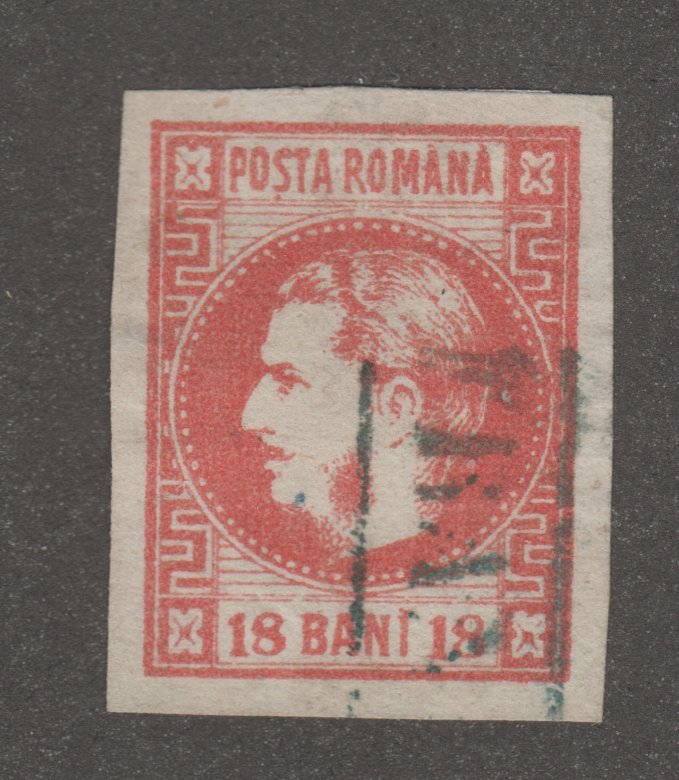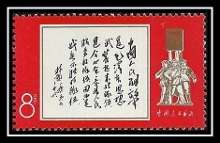A WWII B-24 Bomber
by Bruce Dangremond
28th of March 2010

This pane of twenty 37¢ stamps, issued on July 30, 2005, commemorates “American Advances in Aviation”. There are 10 different aircraft depicted including one that is special to my uncle, Gordon Dangremond.
The Consolidated Aircraft Company produced the B-24 Liberator, a heavy bomber of WWII. There were over 18,000 produced, more than any other WWII US military aircraft, in factories all across the US; many in converted automobile plants in Gordon’s home state of Michigan.
The bomber depicted on this US Scott #3922 stamp is the Black Cat, a late model B-24 lost in combat only days before the end of hostilities in Europe. Two of its crew members survived while eight perished.
Gordon served in another B-24 during WWII. An earlier model-D version painted sand-tan in color. It flew from bases in northern Africa and later in San Pancranzio, Italy in 1943 & 1944. That B-24 saw Gordon, a top turret gunner and assistant engineer, through 50 harrowing combat missions with the 15th AF, 376th Heavy Bombardment Group, Squadron 513.

The Flame McGoon received her name from her first pilot, Lt. Benjamin Konsynski. Her moniker is that of a character in the Lit’l Abner comic strip. The plane’s nose paint displayed a gorgeous seated girl with red stockings.
On their second mission (whose target was an aircraft plant in Wiener Neustadt, Austria on November 2, 1943) their B-24 was so badly damaged by anti-aircraft gun fire and enemy fighters it was forced to make an emergency landing at a small British controlled air field near Bari, Italy. Despite having lost both right-side engines, a heavily damaged hydraulic system and a punctured tire on the right landing gear, it landed safely. Later their ground crew counted 178 holes in Flame McGoon, one of which was a ten-inch gaping hole in her right wing. Notwithstanding the damage, none of her 10-man crew was injured.
After surviving its 25th mission, Flame McGoon became the squadron's good luck charm. After its 40th mission, it was often the ship leading the 376th bomber group as they entered enemy territory. Gordon completed his 50th combat mission on May 6, 1944; most of them flown in the Flame McGoon.
Aboard a navy ship on their way home to the USA, Gordon and two of his aircrew heard the ship’s captain announce on June 6, 1944 that “US, Canadian, and British troops have landed in Normandy”. It was satisfying to know they had done their part in preparing the way for their fellow soldiers.
The Flame McGoon went on to fly a total of 76 combat missions before being shot down on 31 July 1944. Of its 10 crew members, six became POWs for the remainder of the war and four were killed.
In 1945 Gordon volunteered to fly into combat again, this time as a gunner with the 8th AF out of England. He flew in several different B-17 Flying Fortress bombers and completed 24 missions before VE day. However the B-24 named Flame McGoon and her first crew will forever be foremost in Gordon's memories of WWII.


